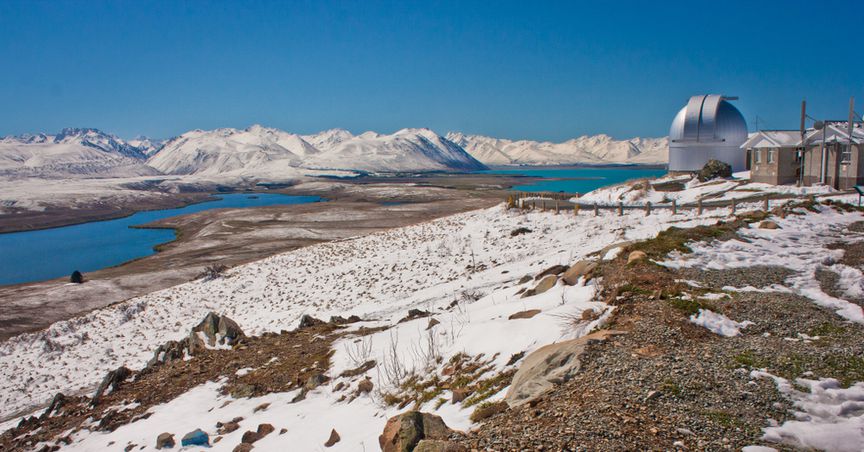Summary
- New Zealand's ultimate mountaintop stargazing experience is open for a visit. World-renowned astronomical venue at Mt John Observatory is now welcoming tourist.
- The observatory which works under all weather conditions is allowing the advance booking.
- One of the four dark sky reserves in the world is a welcoming sight for the locals and tourist alike.
Tekapo tourist attraction the Mount John Summit Experience has reopened from Thursday, October 29. Mount John Observatory tours are famous for stargazing and are finally welcoming astronomy enthusiasts seven months after it was closed due to the COVID-19 health crisis.
The Astronomical research observatory which overlooks Lake Tekapo is at Aoraki Mackenzie International Dark Sky Reserve in New Zealand.
The observatory is one of the only four such dark sky reserves in the world. The tourist will be able to visit the venture starting with five nights a week. With only three tours operating per night, the place opened in a reduced capacity.
Ngāi Tahu Tourism has been instrumental in reopening the experience as they have been working with its joint venture partners at Dark Sky Project, Ngāi Tahu Holdings chief executive Mike Pohio commented.
Good Read: How is the Travel Sector shaping up in New Zealand, any New Year cheers?
Astro-tourism and stargazing experiences:
According to the International Dark-Sky Association, there are only six designated darkest places in the world which are considered the best spot for stargazing activity. Aoraki Mackenzie International Dark Sky Reserve is one of such zones which consist of dark core regions. The area is surrounded by a periphery where regions laws protect the darkness of the core.
Pohio said that they had been committed to promoting tourism in Aotearoa. The reopening of the dark sky observatory is one step in the right direction. He continued saying that he wants to recognise the understanding showcased from Kaimahi and the Takapō community to have come to this point.
The lights are strictly limited and monitored at the Mount John Observatory and in the Tekapo town. Many homes and businesses around this area use low-sodium lights. These lights emit an orange-red glow which helps in reducing light pollution in Earth’s atmosphere.
Graeme Murray, who is the founding director of Earth and Sky, stated that numerous businesses in Takapō region are highly reliant on tourism activity. The international border closing and domestic restrictions due to the coronavirus pandemic has affected the area in the past few months.
He continued saying that the news is welcoming for the region and he hopes that the New Zealanders use this opportunity to come to the Mount John Observatory and enjoy the extraordinary experience of sky-gazing.
Also Read: ‘SWOT Analysis’ of NZ Travel Industry Reeling from COVID-19 Crisis
Welcome to the Dark Sky:
The stars and milky way are visible to the naked eye because of the dark area around the region at 3,376-foot-tall peak of Mount John Observatory. Seventy per cent of the world can’t see the Milky Way and most of the stars at all, but it is possible at the observatory unless the cloudy sky offers low visibility.
On a very clear day, tourists have also spotted Alpha Centauri, the nearest star system to Earth and Beta Centauri which is at 390 lightyears or 390,000 years away. Expert guides and astrophotography’s assist the tourist with providing valuable information.
Mount John Observatory has many telescopes and with only a small one can see the Wishing Well Cluster which is an array of around 150 stars. This Cluster is 1,500 lightyears or 1,500,000 years away from the Earth.
Interesting Read: Travel Bubbles: Knights in Shining Armour for Battered Travel Industry



